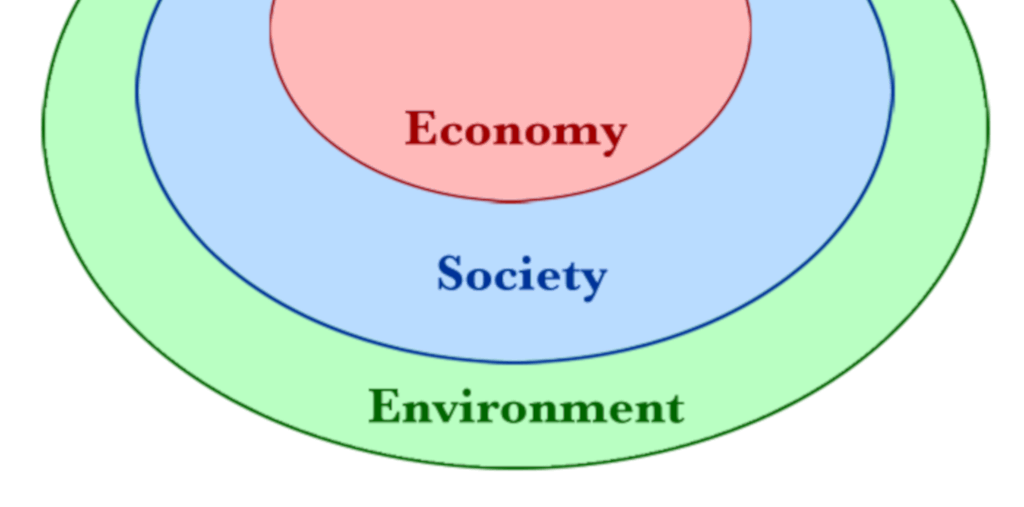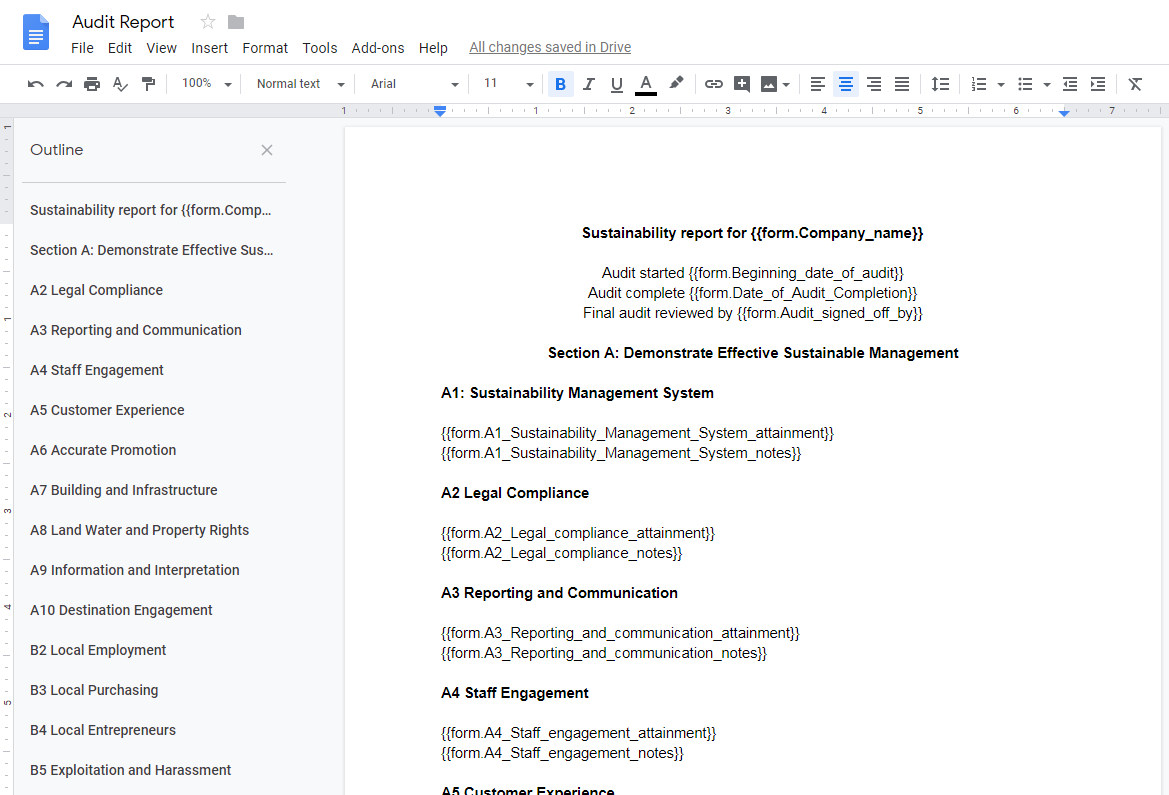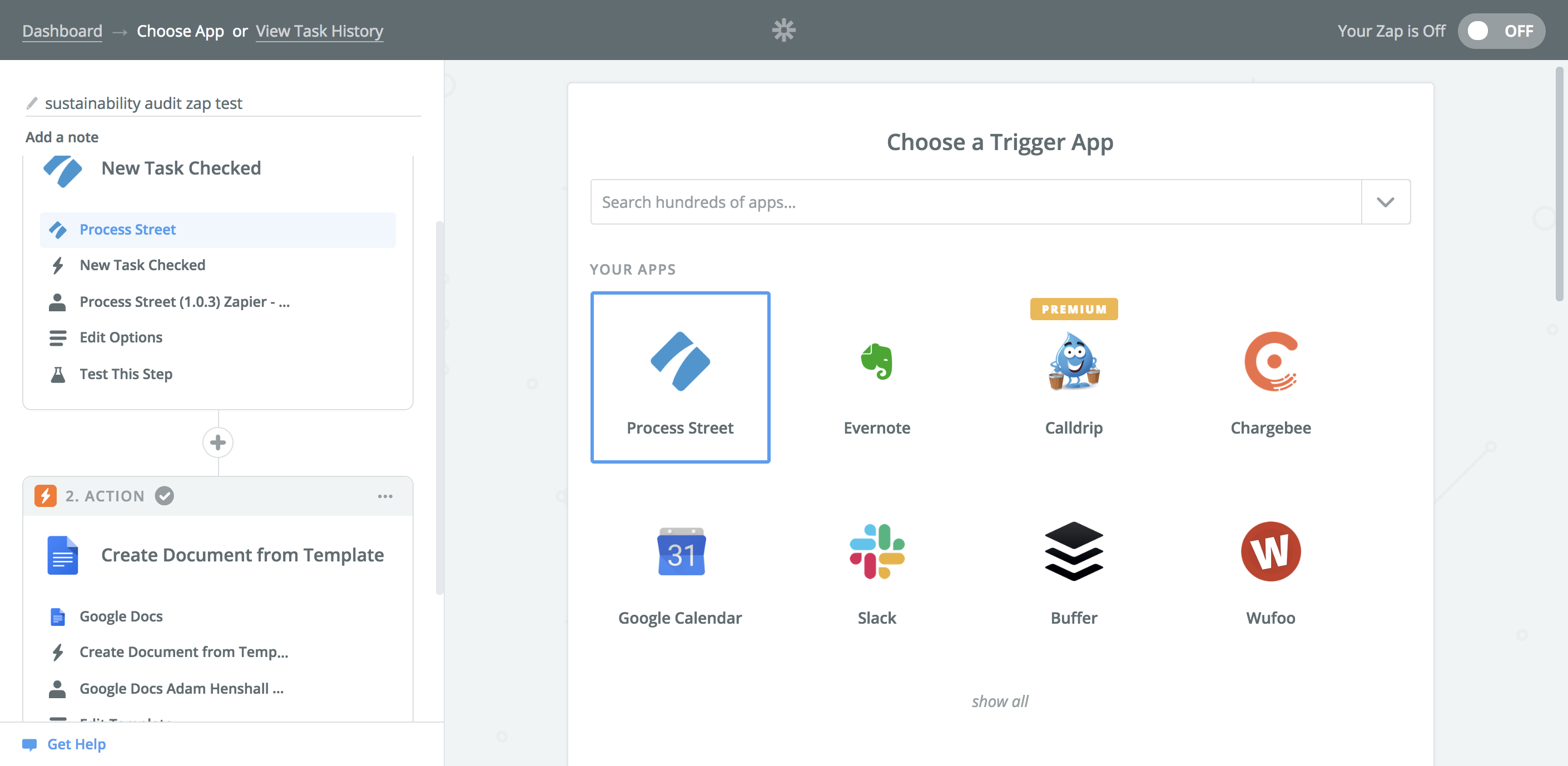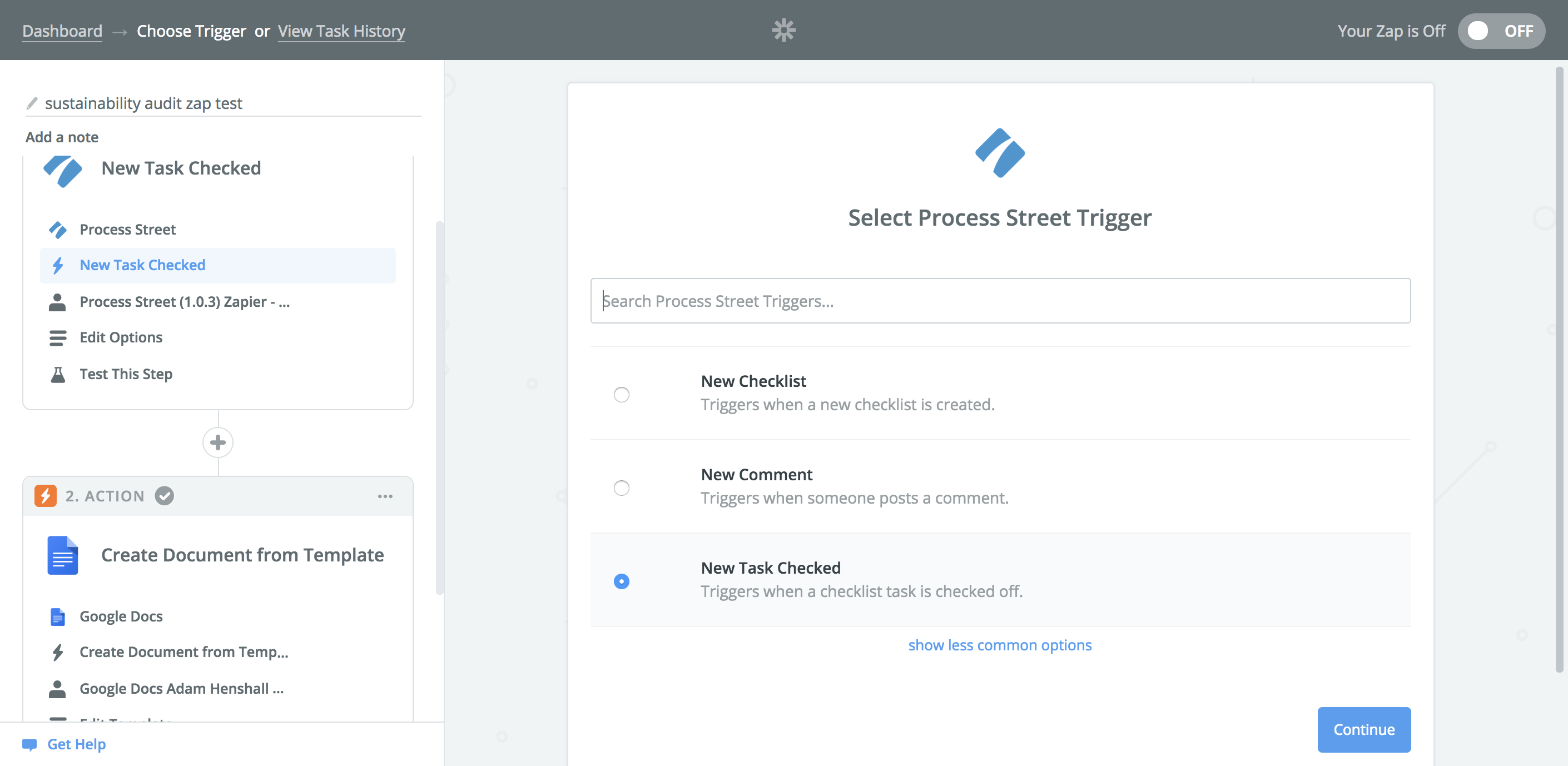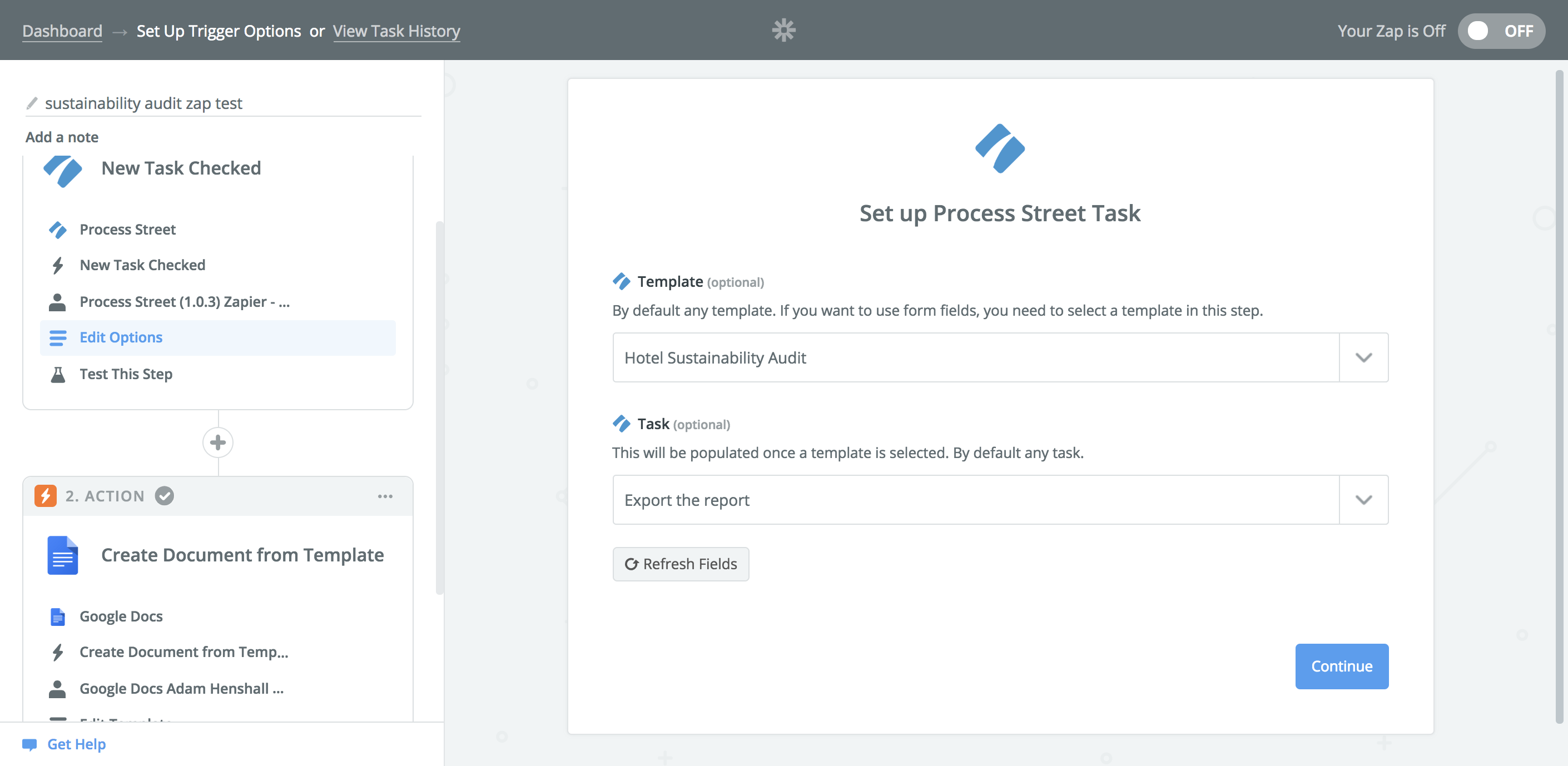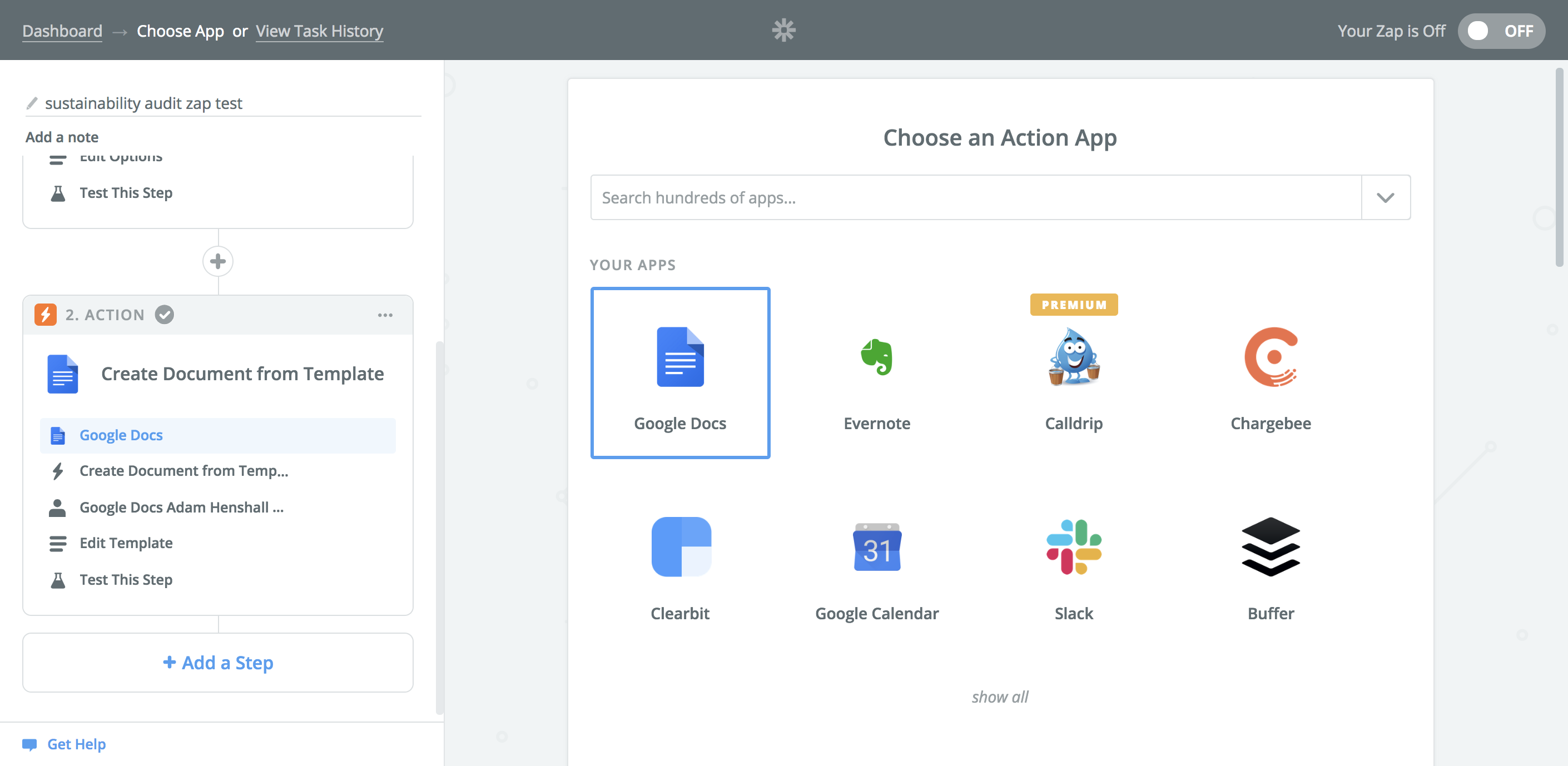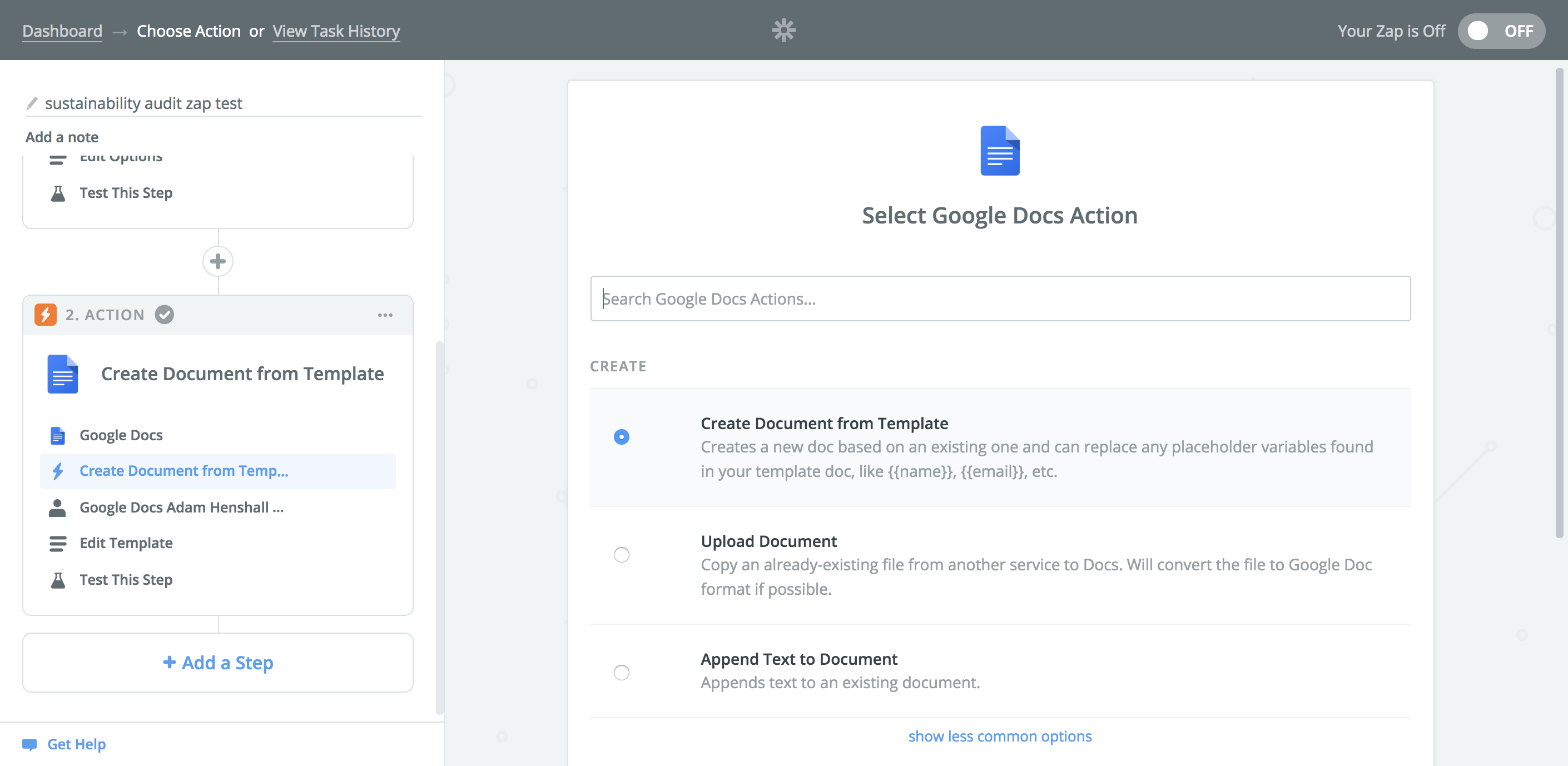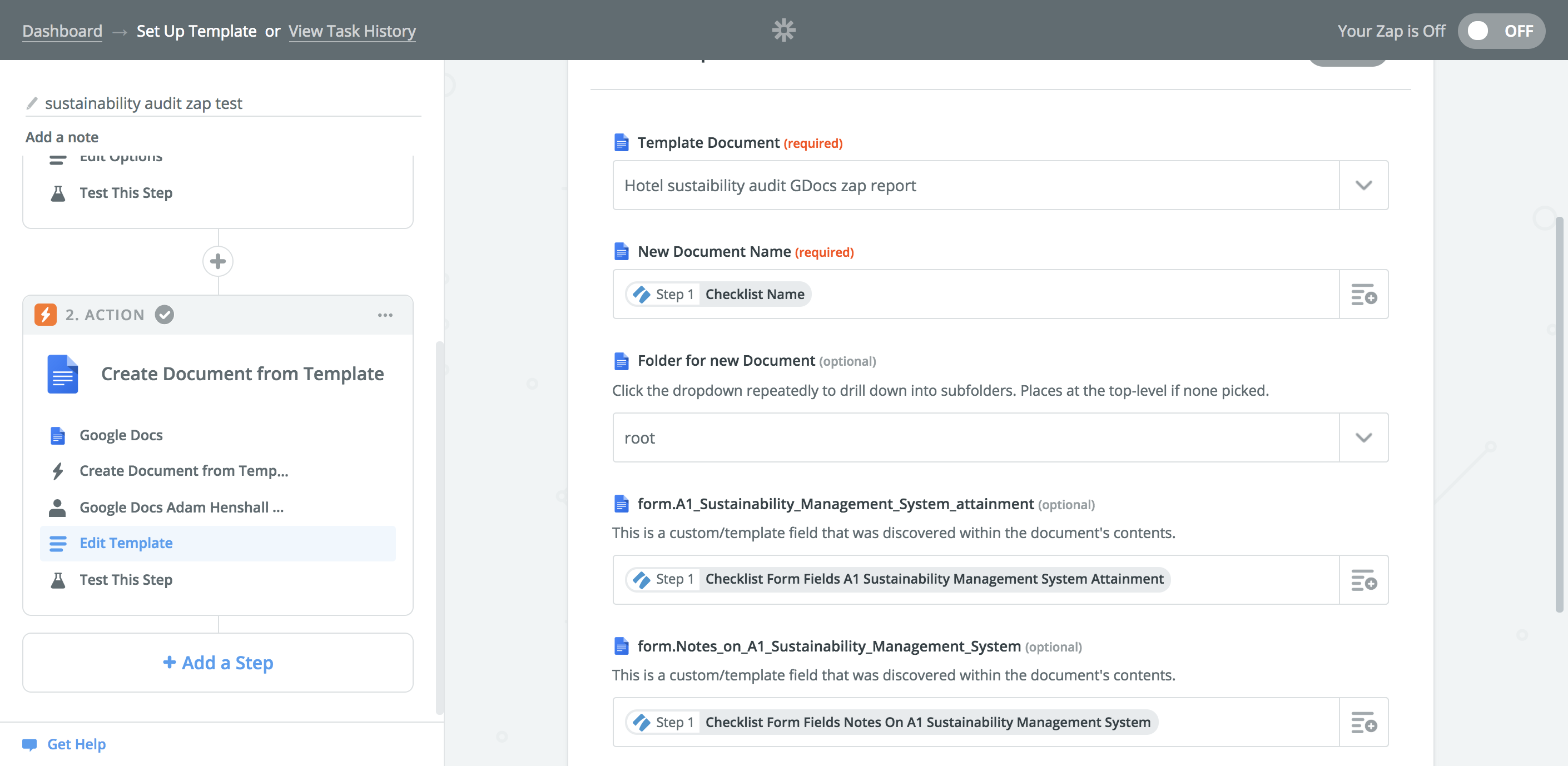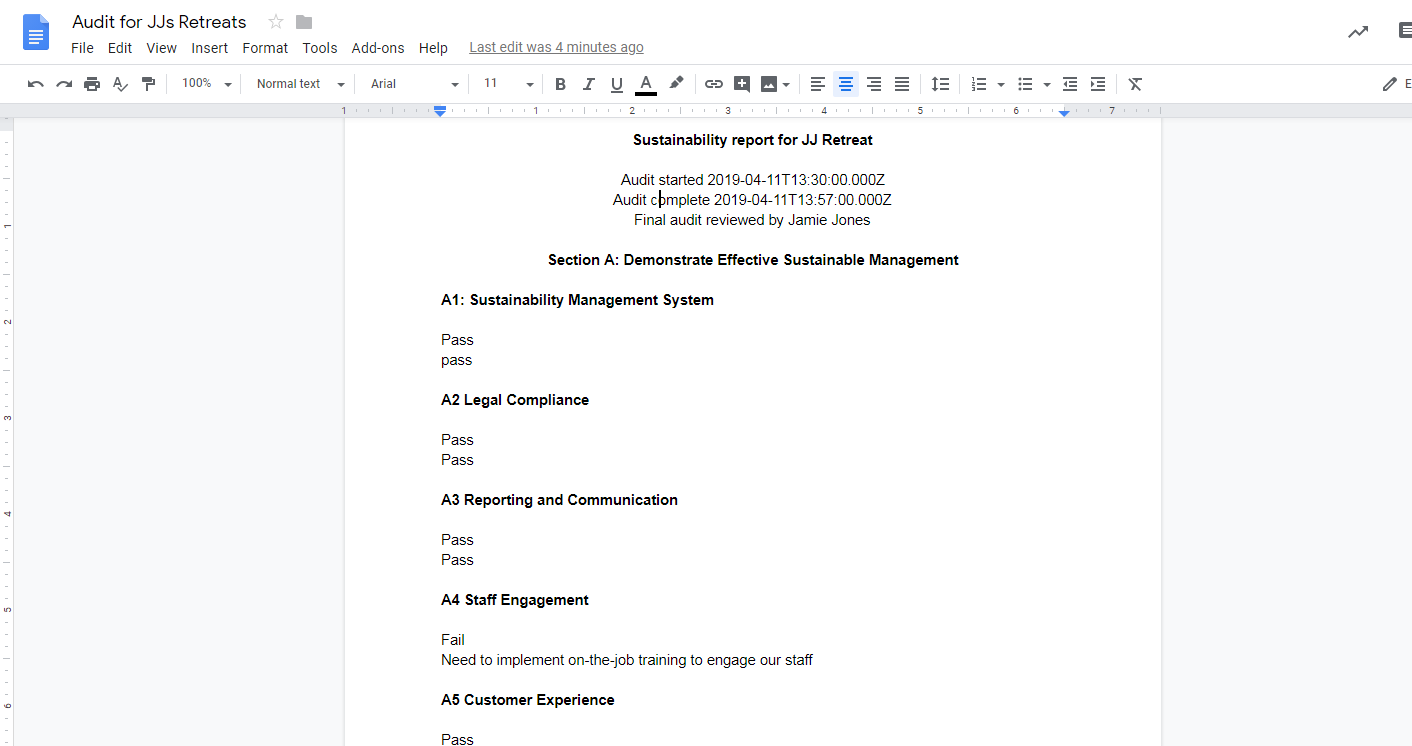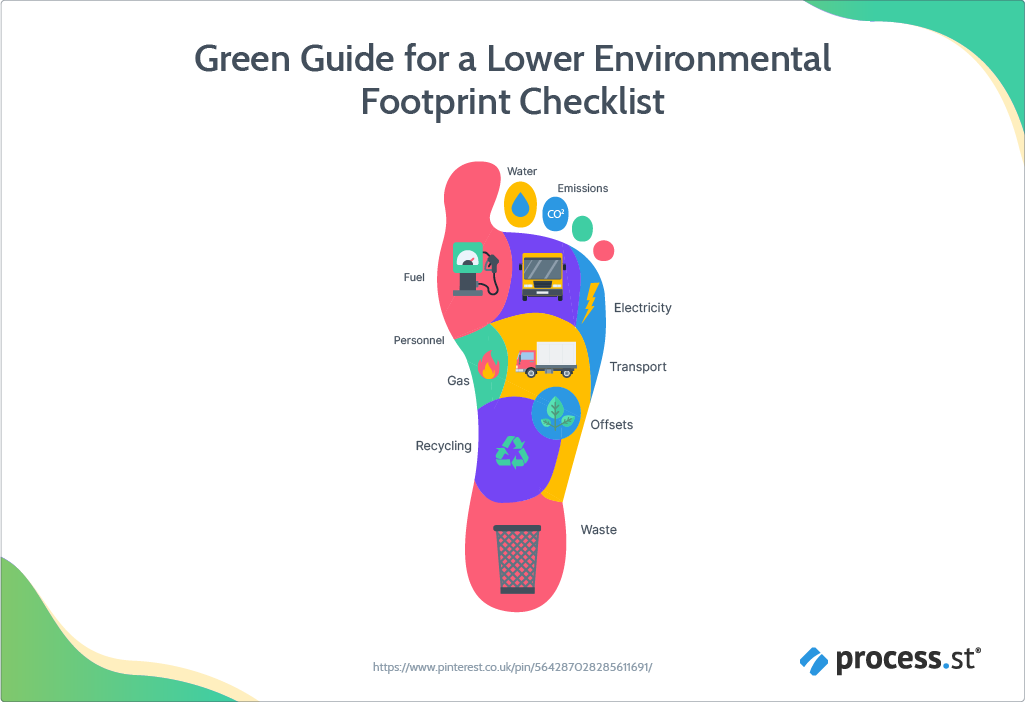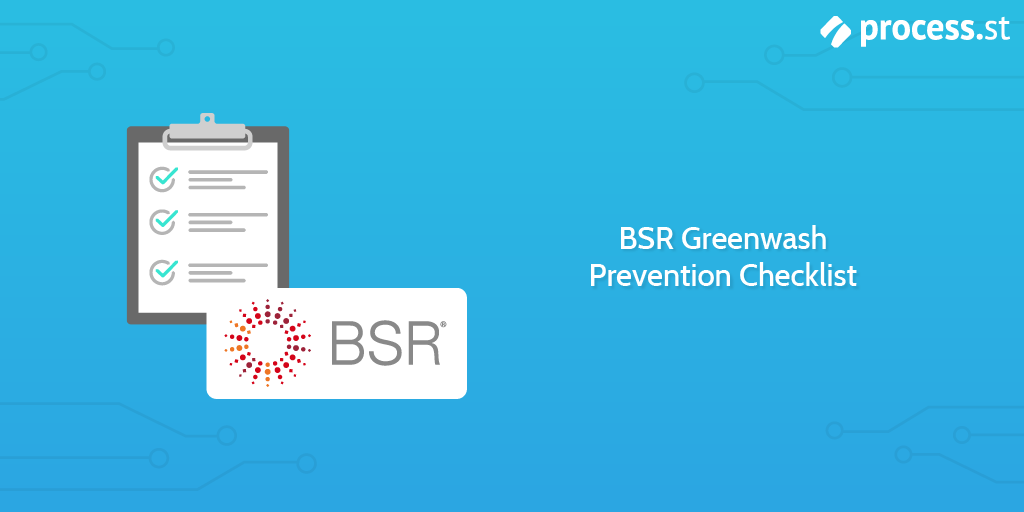Sustainability report for {{form.Company_name}}
Audit started {{form.Beginning_date_of_the_audit}}
Audit complete {{form.Date_of_audit_completion}}
Final audit reviewed by {{form.The_final_audit_reviewed_by}}
Section A: Demonstrate Effective Sustainable Management
A1: Sustainability Management System
{{form.A1_Sustainability_Management_System_attainment}}
{{form.A1_Sustainability_Management_System_notes}}
A2 Legal Compliance
{{form.A2_Legal_compliance_attainment}}
{{form.A2_Legal_compliance_notes}}
A3 Reporting and Communication
{{form.A3_Reporting_and_communication_attainment}}
{{form.A3_Reporting_and_communication_notes}}
A4 Staff Engagement
{{form.A4_Staff_engagement_attainment}}
{{form.A4_Staff_engagement_notes}}
A5 Customer Experience
{{form.A5_Customer_experience_attainment}}
{{form.A5_Customer_experience_notes}}
A6 Accurate Promotion
{{form.A6_Accurate_promotion_attainment}}
{{form.A6_Accurate_promotion_notes}}
A7 Building and Infrastructure
{{form.A7_Building_and_infrastructure_attainment}}
{{form.A7_Building_and_infrastructure_notes}}
{{form.A7.1_Compliance_attainment}}
{{form.A7.1_Compliance_notes}}
{{form.A7.2_Impact_and_integrity_attainment}}
{{form.A7.2_Impact_and_integrity_notes}}
{{form.A7.3_Sustainable_practices_and_materials_attainment}}
{{form.A7.3_Sustainable_practices_and_materials_notes}}
{{form.A7.4_Access_for_all_attainment}}
{{form.A7.4_Access_for_all_notes}}
A8 Land Water and Property Rights
{{form.A8_Land_water_and_property_rights_attainment}}
{{form.A8_Land_water_and_property_rights_notes}}
A9 Information and Interpretation
{{form.A9_Information_and_interpretation_attainment}}
{{form.A9_Information_and_interpretation_notes}}
A10 Destination Engagement
{{form.A10_Destination_engagement_attainment}}
{{form.A10_Destination_engagement_notes}}
Section B: Maximize Social and Economic Benefits to the Local Community
B1 Community Support
{{form.B1_Community_support_attainment}}
{{form.B1_Community_support_notes}}
B2 Local Employment
{{form.B2_Local_employment_attainment}}
{{form.B2_Local_employment_notes}}
B3 Local Purchasing
{{form.B3_Local_purchasing_attainment}}
{{form.B3_Local_purchasing_notes}}
B4 Local Entrepreneurs
{{form.B4_Local_entrepreneurs_attainment}}
{{form.B4_Local_entrepreneurs_notes}}
B5 Exploitation and Harassment
{{form.B5_Exploitation_and_harassment_attainment}}
{{form.B5_Exploitation_and_harassment_notes}}
B6 Equal Opportunity
{{form.B6_Equal_opportunity_attainment}}
{{form.B6_Equal_opportunity_notes}}
B7 Decent Work
{{form.B7_Decent_work_attainment}}
{{form.B7_Decent_work_notes}}
B8 Community Services
{{form.B8_Community_services_attainment}}
{{form.B8_Community_services_notes}}
B9 Local Livelihoods
{{form.B9_Local_livelihoods_attainment}}
{{form.B9_Local_livelihoods_notes}}
Section C: Maximize Benefits to Cultural Heritage and Minimize Negative Impacts
C1 Cultural Interactions
{{form.C1_Cultural_interactions_attainment}}
{{form.C1_Cultural_interactions_notes}}
C2 Protecting Cultural Heritage
{{form.C2_Protecting_cultural_heritage_attainment}}
{{form.C2_Protecting_cultural_heritage_notes}}
C3 Presenting Cultural Heritage
{{form.C3_Presenting_cultural_heritage_attainment}}
{{form.C3_Presenting_cultural_heritage_notes}}
C4 Artefacts
{{form.C4_Presenting_cultural_heritage_attainment}}
{{form.C4_Presenting_cultural_heritage_notes}}
Section D: Maximize Benefits to the Environment and Minimize Impact
D1 Conserving Resources
{{form.D1_Conserving_resources_attainment}}
{{form.D1_Conserving_resources_notes}}
{{form.D1.1_Environmentally_preferable_purchasing_attainment}}
{{form.D1.1_Environmentally_preferable_purchasing_notes}}
{{form.D1.2_Efficient_purchasing_attainment}}
{{form.D1.2_Efficient_purchasing_notes}}
{{form.D1.3_Energy_conservation_attainment}}
{{form.D1.3_Energy_conservation_notes}}
{{form.D1.4_Water_conservation_attainment}}
{{form.D1.4_Water_conservation_notes}}
D2 Reducing Pollution
{{form.D2_Reducing_pollution_attainment}}
{{form.D2_Reducing_pollution_notes}}
{{form.D2.1_Greenhouse_gas_emissions_attainment}}
{{form.D2.1_Greenhouse_gas_emissions_notes}}
{{form.D2.2_Transport_attainment}}
{{form.D2.2_Transport_attainment_notes}}
{{form.D2.3_Waterwater_attainment}}
{{form.D2.3_Waterwater_notes}}
{{form.D2.4_Solid_waste_attainment}}
{{form.D2.4_Solid_waste_attainment_notes}}
D3 Conserving Biodiversity, Ecosystems and Landscapes
{{form.D3_Conserving_biodiversity,_ecosystems_and_landscapes_attainment}}
{{form.D3_Conserving_biodiversity,_ecosystems_and_landscapes_notes}}
{{form.D3.1_Conserving_biodiversity,_ecosystems_and_landscapes_attainment}}
{{form.D3.1_Conserving_biodiversity,_ecosystems_and_landscapes_notes}}
{{form.D3.2_Invasive_species_attainment}}
{{form.D3.2_Invasive_species_notes}}
{{form.D3.3_Visits_to_natural_sites_attainment}}
{{form.D3.3_Visits_to_natural_sites_notes}}
{{form.D3.4_Wildlife_interactions_attainment}}
{{form.D3.4_Wildlife_interactions_notes}}
{{form.D3.5_Animal_welfare_attainment}}
{{form.D3.5_Animal_welfare_notes}}


